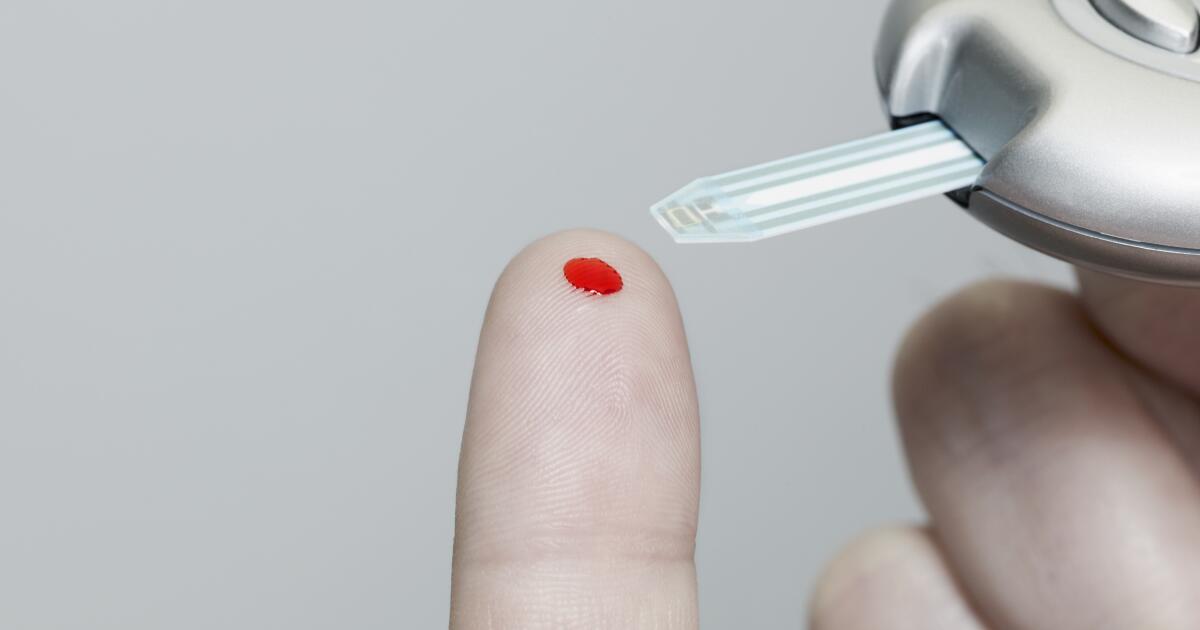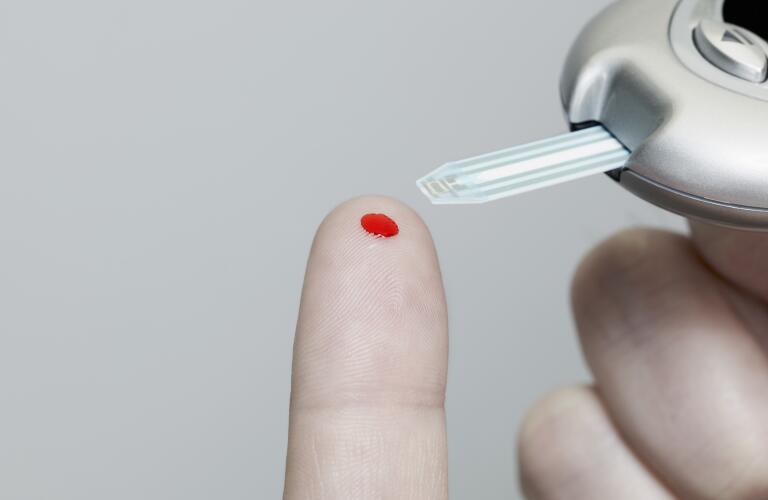Have you ever double-checked your blood glucose level immediately after an initial reading, only to find completely different numbers? Although it may be impossible for these measurements to be perfect, taking steps to ensure they are as accurate as possible is important for effective diabetes control. Below are a few steps you can take to get the most accurate reading the first time around.
Contamination of the fingers is a common culprit in blood sugar reading variability. That’s because it only takes a little bit of food residue on your hands to impact blood glucose levels. For example, just touching a banana or cutting a piece of fruit can send your numbers sky high. To ensure this doesn’t sway the results, wash both hands thoroughly before testing. And don’t rely on alcohol swabs. Research shows that alcohol doesn’t clean as well as washing hands with soap and tap water.
In addition to washing your hands, make sure you follow the user instructions for your meter exactly. For example, too little blood on the test strip can impact its accuracy, and your meter won’t always give you an error message alerting you to the problem. Also, remember to let the blood flow freely when conducting the test. Squeezing your finger can affect the results.
Test strips that have expired or have been exposed to extreme heat or cold can provide inaccurate readings. If you use one of these and then move to a new box, you could get very different numbers. Also, make sure you are using the correct test strip. Even if a test strip fits into your meter, it doesn’t necessarily mean it belongs with it. If your strips aren’t made for your meter, you could get inaccurate results.
Although meters are improving, they are far from perfect. Today’s meters are considered accurate if they are within 20 percent of your actual number. That can account for a lot of variation. To check the accuracy of your meter, bring it with you when you have your blood glucose read in the laboratory. After testing there, check the number against your meter’s finding. If you are concerned about the accuracy of your meter, ask your doctor for recommendations.
Remember, blood glucose can vary somewhat from reading to reading. But the test is still an essential and viable tool for helping you keep your diabetes under control. Take steps to improve its accuracy whenever possible. And if a number seems off, consider taking the test again. Just wash your hands and follow other good testing habits first.
-
Contamination of the fingers is a common culprit in blood sugar reading variability, so wash both hands before testing.
-
Make sure you’re using the correct test strip and that strips haven’t been exposed to extreme heat or cold.
-
To check your meter’s accuracy, bring it along when you have your blood glucose read in the lab. After testing there, check the number against your meter’s finding.







More News
These Issues Are Testing the U.S.-China Thaw
Opinion | Trump Didn’t Really Do That Well in Pennsylvania
The Next Winner of the World Chess Championship Could Be the Youngest Ever